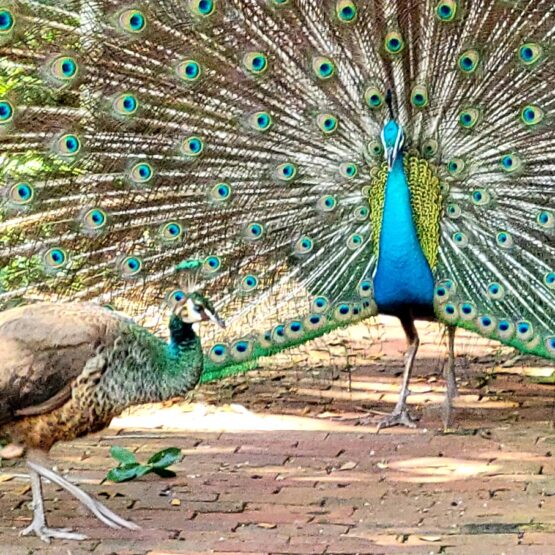Fall is a very exciting time for us as we begin our new planting season. Buying seeds is of course one of the most important tasks we undertake, and the process has been refined over the years. We have many beds to fill, many tastes to please, and our South Florida weather and conditions to take into account. No, we cannot grow Brussels sprouts and asparagus here (though I have to confess we’ve tried!). But we can grow so many varied crops that it was hard to know where to begin when we first started gardening. Now it’s become kind of routine – we have our favorite seed companies and we pretty much know what we can and would like to plant.
For a listing of what exactly we plant in the fall, see this chart: SEED INVENTORY – FALL 2017
So, how do we go about this process?
- First, a yearly survey is sent out each summer (via Survey Monkey) to all our members so they can voice their preferences regarding crops. The data is compiled so we know what was popular or not the previous year, and also what new crops members suggest that we try out. We also consider the past season’s harvesting habits, i.e. what crops were actually used the most or the least. It’s interesting how this trend can change each season. Sample survey appears below.
- An inventory is completed of what seeds we have remaining from the previous year; very old seeds are discarded or set aside to check germination in the early fall. Some seeds may keep as long as five years while others may only last a year or two.
- We begin exploring our favorite seed companies for what we need to start off our season. Each company has certain attributes and particular crops that we love. It must be said that while we practice organic gardening, we are not sticklers for buying organic seeds. If an organic version of something we like is offered, then we get it; otherwise we buy regular seeds. Below you will find a list of our favorite online stores and why they tend to be our go-to sources.
- So we usually start our season ordering from four or five different companies in order to get our supplies ready for the coming season. We will do another order in a few months to make sure we have enough for the winter planting come January, and to fill in any gaps until then. Our garden members will also bring in seeds during the year for our typical plants or something new and unusual to try out.
- It’s so exciting to get our new seeds in the fall as we can’t wait for them to hit the dirt! Stay tuned for a post on our process for planting seeds and seedlings.
These are the seed companies we typically order from:
- Seeds from Italy – Most cost effective: great site for lettuces, brassicas (cabbage, kohlrabi, turnips, etc.), beets, radishes – and others. Super abundant quantities at low prices, good germination rates. The best place for large quantities of our highly repetitive scatter crops, like arugula, cress and mesclun mix lettuces.
- Seed Savers Exchange – A company we like to support due to its co-op type nature; good seeds, decent prices. We especially love their lettuces and radishes.
- Johnny’s Selected Seeds – VERY reliable seeds, never disappoint. Large variety, they have most things we grow; quantities not abundant.
- Baker Creek Heirloom Seeds – A nice variety of seeds for each category and beautiful new vegetables each year (e.g. our pretty round purple eggplants pictured in our long beans post). BTW, they have a MOST beautiful print seed catalog, world-renowned.
- Turtle Tree Seed – A highly respectable, non-profit biodynamic seed company with excellent product; worthy of our support. Not a huge variety but it is growing! Got our terrific green bush bean seeds from them last year (as well as others).
- Evergreen Asian Seeds – Reliable, go-to source for Asian vegetable seeds – e.g. choys, Asian eggplants, Chinese cabbage, etc.
- Tomato Growers – Great place to shop for new varieties, with explicit information on disease resistances.

Garden Survey – Fall 2017




